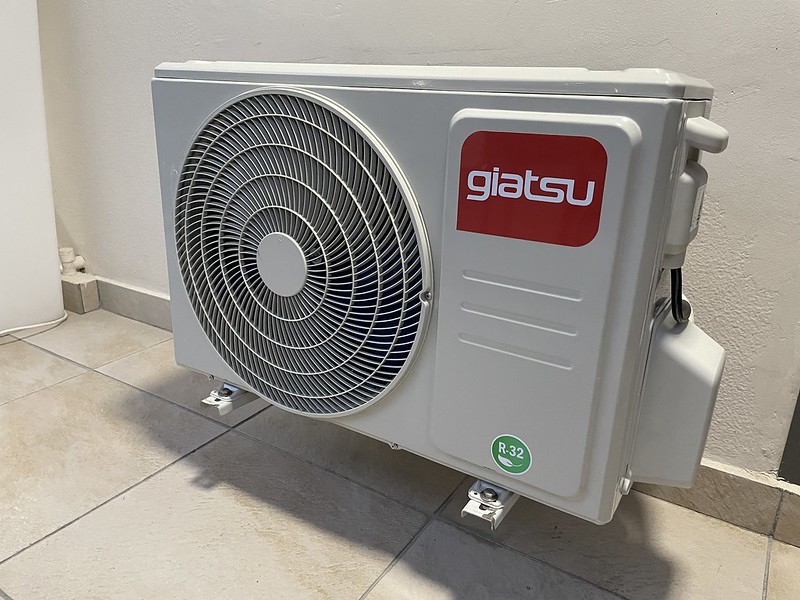Ductless mini-split heat pumps are a popular choice for homeowners and businesses seeking efficient and flexible heating and cooling solutions. However, a common question that arises is whether these systems come equipped with auxiliary heat. In this comprehensive guide, we’ll delve into the technical details and explore the various factors to consider when it comes to auxiliary heat in mini-split heat pumps.
Understanding Auxiliary Heat in Mini-Split Heat Pumps
Auxiliary heat, also known as backup heat or supplemental heat, is an additional heating source that can be integrated into a heat pump system. This feature is designed to provide extra heating capacity when the primary heat pump is unable to meet the heating demand, particularly in extremely cold weather conditions.
Standard Mini-Split Heat Pump Models
Ductless mini-split heat pumps are typically manufactured without auxiliary heat as a standard feature. The primary heating and cooling functions are handled by the heat pump’s compressor and refrigerant system, which can effectively provide heating down to a certain outdoor temperature threshold.
Heating Capacity and Temperature Thresholds
The heating capacity and temperature thresholds of mini-split heat pumps can vary depending on the manufacturer and model. Many standard mini-split systems can provide heating down to around -4°F (-20°C) without the need for auxiliary heat. However, it’s important to note that the heating capacity may start to diminish as the outdoor temperature drops.
Factors Affecting Heating Performance
Several factors can influence the heating performance of mini-split heat pumps, including:
- Outdoor temperature: As the outdoor temperature decreases, the heat pump’s efficiency and heating capacity may be reduced.
- Home insulation and air tightness: Well-insulated and air-tight homes can help maintain indoor comfort and reduce the heating load on the mini-split system.
- Home size and layout: Larger homes or spaces with poor airflow may require more heating capacity, potentially necessitating auxiliary heat.
- Climate and regional considerations: Regions with extended periods of extremely cold weather may benefit from auxiliary heat to supplement the mini-split’s heating capabilities.
Mini-Split Heat Pumps with Auxiliary Heat
While standard mini-split models typically do not include auxiliary heat, some manufacturers offer specialized models or optional add-ons that incorporate this feature.
Pioneer Mini Split Heat Pump Systems
One example of a mini-split heat pump system with auxiliary heat is the Pioneer brand. Pioneer’s WYT series features an auxiliary strip heater integrated into the condensing unit, providing “hyper-heating” capabilities that can maintain heating performance down to -13°F (-25°C).
Mitsubishi “HyperHeat” Models
Mitsubishi also offers a line of “HyperHeat” mini-split heat pumps that are designed to maintain 100% heating capacity at 5°F (-15°C) and continue providing heating down to -13°F (-25°C). These specialized models may incorporate auxiliary heat or other advanced technologies to ensure reliable heating performance in extreme cold.
Considerations for Auxiliary Heat
When considering a mini-split heat pump with auxiliary heat, it’s essential to evaluate the specific heating requirements of your location and climate. Factors such as the frequency and duration of extremely cold weather, the size and insulation of your home, and your overall heating needs should all be taken into account.
Integrating Auxiliary Heat with Mini-Split Systems
In some cases, homeowners or HVAC professionals may choose to integrate auxiliary heat sources with a mini-split heat pump system, even if the mini-split itself does not come equipped with this feature.
Types of Auxiliary Heat Sources
Common auxiliary heat sources that can be integrated with mini-split systems include:
- Electric resistance heaters: These can be installed as standalone units or integrated into the mini-split’s indoor air handler.
- Hydronic (water-based) heating systems: Mini-splits can be paired with boilers or other water-based heating sources to provide supplemental heating.
- Supplemental furnaces or space heaters: Standalone heating appliances can be used to augment the mini-split’s heating capacity.
Installation and Integration Considerations
When integrating auxiliary heat with a mini-split system, it’s crucial to ensure proper sizing, installation, and integration to maintain efficient and safe operation. This may involve:
- Consulting with a qualified HVAC professional to determine the appropriate auxiliary heat source and sizing.
- Ensuring proper electrical and/or plumbing connections between the mini-split and the auxiliary heat source.
- Integrating the controls and thermostat to seamlessly manage the operation of both the mini-split and the auxiliary heat.
- Considering the energy efficiency and cost-effectiveness of the overall heating system.
Conclusion
In summary, while standard ductless mini-split heat pumps typically do not come equipped with auxiliary heat as a standard feature, there are specialized models and integration options available for homeowners and businesses seeking additional heating capacity, particularly in regions with extended periods of extreme cold weather.
By understanding the technical specifications, heating performance, and integration considerations of mini-split heat pumps with auxiliary heat, you can make an informed decision on the best heating solution for your specific needs and climate.

